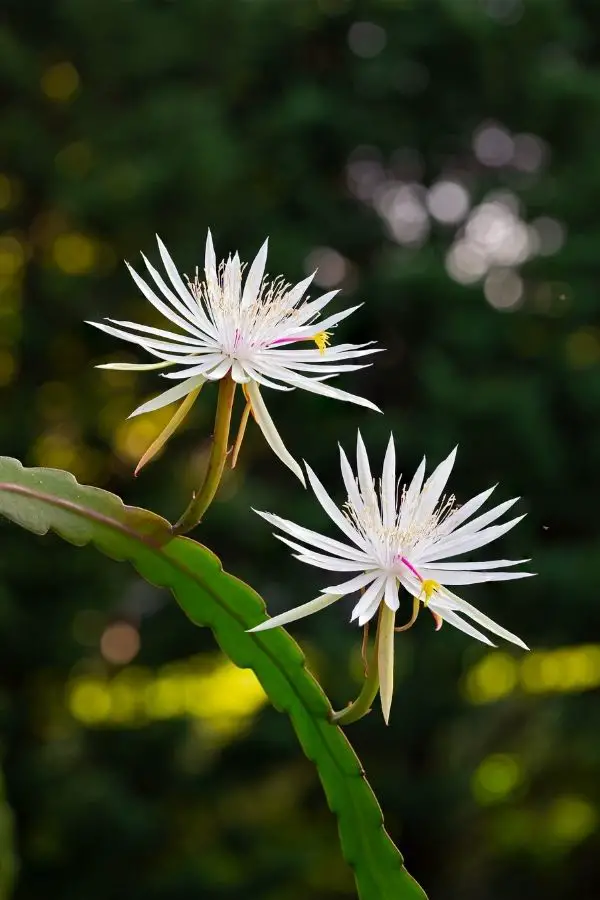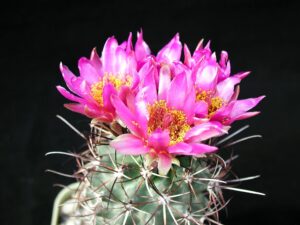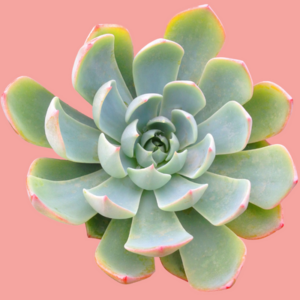Orchid cactus, known scientifically as *Epiphyllum*, is a mesmerizing member of the cactus family celebrated for its unique and breathtaking blooms. These intriguing plants are not true cacti in the traditional sense, as they hail from the jungles rather than arid deserts. They thrive on the mottled canopies of tropical rainforests and boast a variety of vibrant flowers that can bloom in hues of pink, white, purple, and red. This guide explores the intricacies of caring for these delightful specimens, ensuring that their ethereal beauty shines in your home.
Understanding the Basics of Orchid Cactus
The allure of the orchid cactus lies not merely in its stunning flowers but in its adaptability and fascinating nature. Native to Central America and the Caribbean, these epiphytic plants prefer a habitat that mimics the conditions of their tropical origins. Their fleshy, flattened stems can store water, which allows them to endure periods of drought. Understanding their natural environment is critical when attempting to cultivate these beauties at home.
Light is essential for the health of your orchid cactus. Place them in a location that receives bright, indirect sunlight. Direct rays can scorch the delicate stems, whereas too little light may result in leggy growth and fewer flowers. A well-lit room with filtered light is ideal. Additionally, these plants prefer warmth; temperatures between 65°F and 85°F during the day are optimal. They can tolerate cooler temps at night, but settings below 50°F should be avoided.
Soil: The Foundation of Health
The type of soil you choose is crucial in promoting a flourishing orchid cactus. These plants thrive in well-draining mediums, minimizing the risk of root rot. A mix designed for orchids or a combination of potting soil and coarse sand or perlite works well, allowing moisture to escape while retaining sufficient nutrients.
When potting your orchid cactus, opt for a container that features ample drainage holes. Terracotta pots are an excellent choice, as they allow for increased aeration of the soil and assist in moisture evaporation. Remember to use fresh potting mix every two to three years to provide essential nutrients and prevent soil compacting.
Watering: The Delicate Balancing Act
Watering is often where novice gardeners falter when it comes to orchid cactus care. The general rule of thumb is to allow the top inch of soil to dry out before watering again. During the growing season—typically spring and summer—these succulents require more moisture; however, it is crucial to water less frequently in the fall and winter months when the plant enters dormancy.
Overwatering is a common pitfall, leading to mushy stems and eventually, plant demise. To ensure proper watering practices, consider employing the finger test. Insert your finger into the soil up to the first knuckle; if the soil feels dry, it’s time to water. Conversely, if it feels cool and damp, hold off for a few more days. This method promotes a deeper understanding of the plant’s needs, and fosters a connection between the gardener and their orchid cactus.
Feeding: Nurturing the Growth
Fertilizing your orchid cactus can enhance blooms and promote healthy growth. During the active growth phase (spring and summer), a balanced liquid fertilizer diluted to half strength can be administered every four to six weeks. This nourishes the plant without overwhelming it with nutrients. Look for a fertilizer formulated for flowering plants—this will provide the necessary elements to encourage those stunning blooms characteristic of orchid cacti.
During the fall and winter months, it is advisable to cease fertilization, allowing the plant to enter its natural dormant state without interference.
Pruning: Sculpting for Aesthetics and Health
To maintain a healthy orchid cactus and stimulate growth, regular pruning is beneficial. Trimming back excess stems not only shapes the plant but also allows for improved air circulation. Pruning is best done in early spring before new growth begins to emerge; use sharp, sterile pruning shears to make clean cuts. This method ensures the plant’s energy is directed toward producing blossoms rather than maintaining excessive foliage.
In addition to shaping, removing any dead or damaged stems is imperative. These can become a breeding ground for pests and diseases, potentially jeopardizing the health of your entire plant.
Propagation: Growing Your Collection
The excitement of propagation lies in the opportunity to expand your orchid cactus collection. This can easily be done through stem cuttings. Select a healthy stem, and make a clean cut using sanitized scissors. Allow the cutting to dry for a few days until a callous forms over the cut end—this helps prevent rot when planted. Once calloused, insert the cutting into a sandy soil mix and lightly water. Keep the cutting in bright, indirect light, and within weeks, roots will form, leading to a new, thriving orchid cactus.
Common Pests and Problems: The Watchful Gardener
While orchid cacti are relatively resilient, they are susceptible to pests like mealybugs, spider mites, and aphids. Regular inspections are essential. If infestation occurs, treat with insecticidal soap or neem oil, ensuring you follow the manufacturer’s instructions. Additionally, keep an eye out for signs of disease, such as discolored stems or wilting, which can indicate improper watering or root rot. Early identification can significantly enhance your plant’s chances of recovery.
Conclusion: Embracing the Enchantment
The orchid cactus, with its enchanting blooms and unique characteristics, can add a touch of tropical elegance to any home. By understanding their specific needs regarding light, water, and soil, you can enjoy a thriving plant that rewards your care with stunning displays of color. The journey of growing and maintaining an orchid cactus may seem intricate, but the rewards—a bouquet of magnificent flowers—are well worth the effort. Embrace the enchantment of orchid cacti; they can transform your indoor garden into a vibrant sanctuary of natural beauty.





Leave a Comment